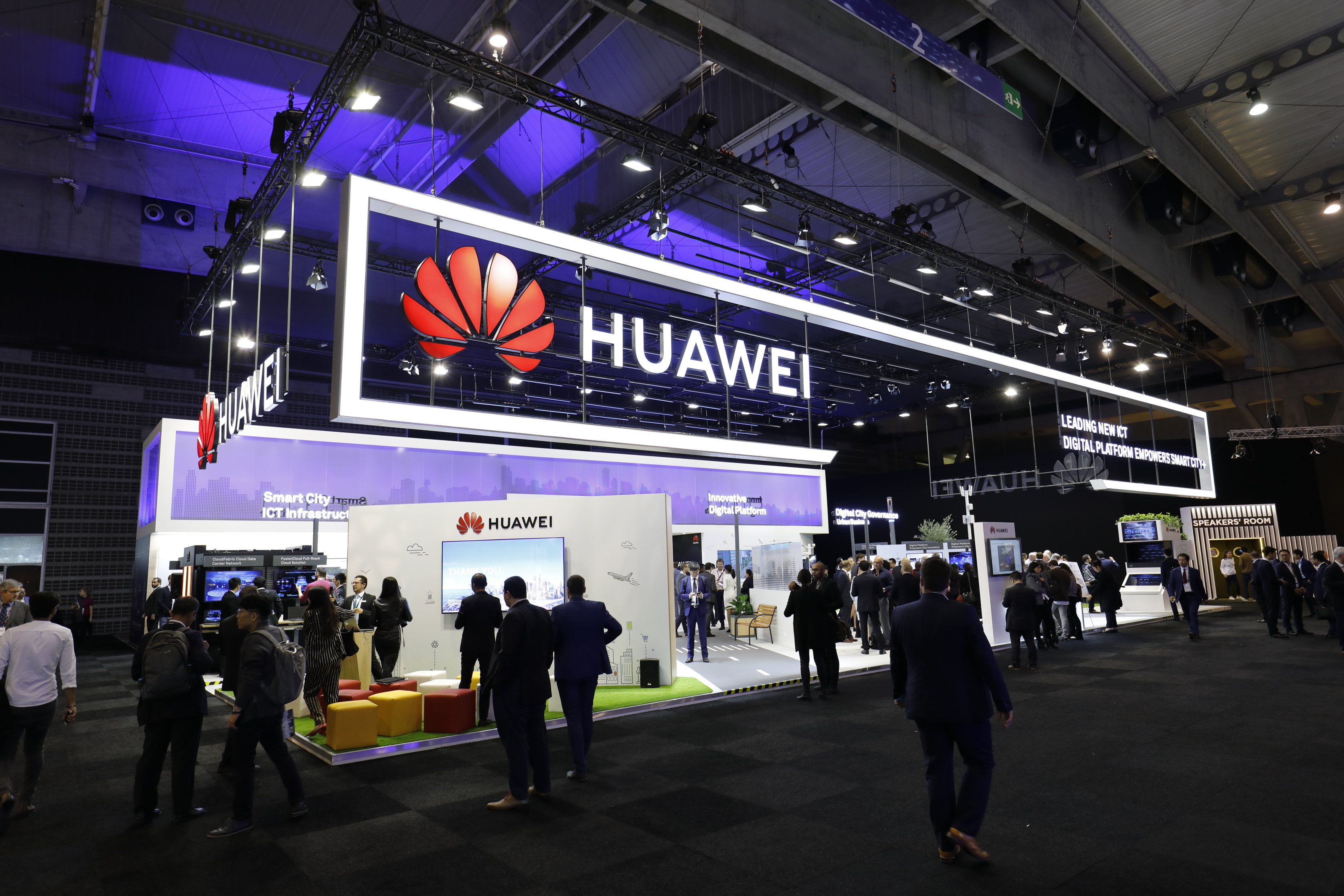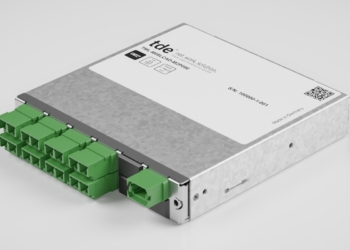Huawei And The Smart City
Author: Jordan O'brien

This story appeared in the December issue of DCNN with the title The Greatest Salesman.
At what point does technology cross the line from helpful to unsettling, or even worse, a security threat? It’s what many cities across the world now have to decide thanks to the emergence of smart city technology.
Just as smart technology has enabled consumers to control every aspect of their home, whether it’s their lights, the cameras, or even the temperature of a specific room, it is now moving into the city streets. It’s here where industry players such as Huawei are hoping to win over cities with the latest and greatest technologies, promising money savings and easier city management.
Everywhere you looked at the recent Smart City Expo World Congress in Barcelona, the message was clear that cities across the world are on-board with getting connected. Places such as Leeds and Tel Aviv were boasting about their technological innovations, and how its adoption of technology could help people live a better quality of life. That’s the message that was also coming out of the big tech firms that were at the event, including Microsoft, Nokia and Huawei; technology can lead to better cities.
So, why are cities so interested in smart technology? Well, it’s quite simple. There are a number of benefits that can be afforded to city governments from the use of technology. Whether it’s saving money through lighting control, or providing first responders with an exact location of an incident. The whole idea of a smart city is to provide the city government with as much data as possible to efficiently do its job.
Some will say that the amount of data gathered by an ultra-smart city will be ‘creepy’ and that it’s a total invasion of privacy, and to some extent, they’d be right. The point of smart cities isn’t to be invasive, however, it’s to make cities more ‘liveable’ – and that was a common theme from around the Smart City Expo World Congress.
Can technology make cities more liveable?
When we think about liveable cities, we often think about simple human resources; whether it’s access to clean air, water or a space to live. Amsterdam’s approach is slightly different, however. According to Henk Van Raan, CIO, Amsterdam Johan Cruijiff Arena,the city is pursuing a policy of ‘smart and liveable by design’.
In essence, that means by taking a holistic approach to the design of the city – not siloing certain aspects, such as traffic management or mobility, but looking at the city as a whole, and how everything is intertwined. That means rather than looking at simply how smart lighting will affect the bottom line, it may be better at looking at what possibilities there are for smart lighting for the city as a whole – and what other technologies could complement it.
The important factor in the roll-out of smart cities will be the citizens. While governments will be gathering a colossal amount of data on its inhabitants, it needs to understand exactly what Henk said during the Smart City Expo World Congress, “We are not making the cities for ourselves, we’re making the cities for citizens.”
It’s why it’s so important that city governments are able to convey the benefits of smart technology effectively. Looking around the Smart City Expo World Congress, it’s not exactly clear that they are quite up to that task just yet; there were many cameras and facial recognition systems on show, something that is definitely on the creepier end of the spectrum. This event was definitely not geared towards citizens, however.
Maybe that shows the priorities of city governments. Rather than focusing on the way technology can actually make cities more liveable, through better lighting, better traffic management and better city layouts, they were more focused on the authoritarian side of the technology. This sort of technology is already in-use in places such as China, where city officials can track individual members of the public as they move around the city through the use of AI and facial recognition.
Thankfully, there were some solutions that seemed to be genuinely useful to the average person. One example described by Huawei was how its smart city platform could help traffic lights work more efficiently. Through the use of sensors, the company’s AI was able to cut traffic jams at one junction in Shenzhen by 17.7%, and having rolled out this technology to even more areas around the city, it is now ranked as the 46th most congested city in the world – having previously been ranked fifth.
That’s not to say surveillance technology can’t be useful; it can help catch criminals, find the source of a fire, or generally keep law and order, but it’s rarely at the top of anyone’s list – to be monitored more.
Can Huawei defeat political forces?
Huawei is one of the big names touting a smart city solution, and its recently launched Digital Platform for Smart Cities is its biggest offering yet – promising to tie together all of the city’s functions into one easy-to-manage platform.
Cities across the world have already adopted the solution, with the firm touting that more than 160 cities in over 40 countries have it integrated into their management operations. That includes places such as Duisburg in Germany and Sardinia in Italy.
Unfortunately, Huawei’s platform roll-out is facing an uphill battle in some other nations, where the company itself has come under intense scrutiny. Australia banned Huawei’s technology from its 5G network in August, while in November the US government began advising allies against using Huawei technology. The firm has also hit a roadblock in Japan, with the nation once again considering banning it supplying equipment for a 5G network.
Now, while national governments are pushing back against Huawei, the firm insists that cities have nothing to worry about in regard to using its technology. In fact, Joe So, CTO of Huawei Enterprise Industry Solutions, hit back at the politically-motivated attacks against the company, noting that if 45 of the top 50 global phone carriers can trust Huawei technology, then so can cities around the world.
There will still be issues for Huawei, however. With a hostile US government, it’s unlikely that its technology is going to be powering the big American cities anytime soon. Instead, the likes of Microsoft and IBM will make a concerted effort to hoover up contracts, leaving Huawei out in the cold. Thankfully, the company has better favour with the megacities of China.
Huawei doesn’t want to dominate the smart city market, however. The firm is taking an open approach to the industry, focusing on partnerships and collaboration. It also realises that a successful smart city will need to be neither too business or technology-driven, and it must offer value for both the city and its inhabitants.
There’s no denying that smart cities are ready to be rolled out, and they already are in some instances. To be ubiquitous, however, cities need to be careful as to showcasing the benefits that a connected city will bring, rather than focusing on the controversial, data harvesting side. Huawei will also have to navigate the challenges of winning over cities in nations that have taken an increasingly sceptical stance on Chinese businesses, especially in the polarised world we live in. Whatever form the smart city takes, they’re here to stay.







